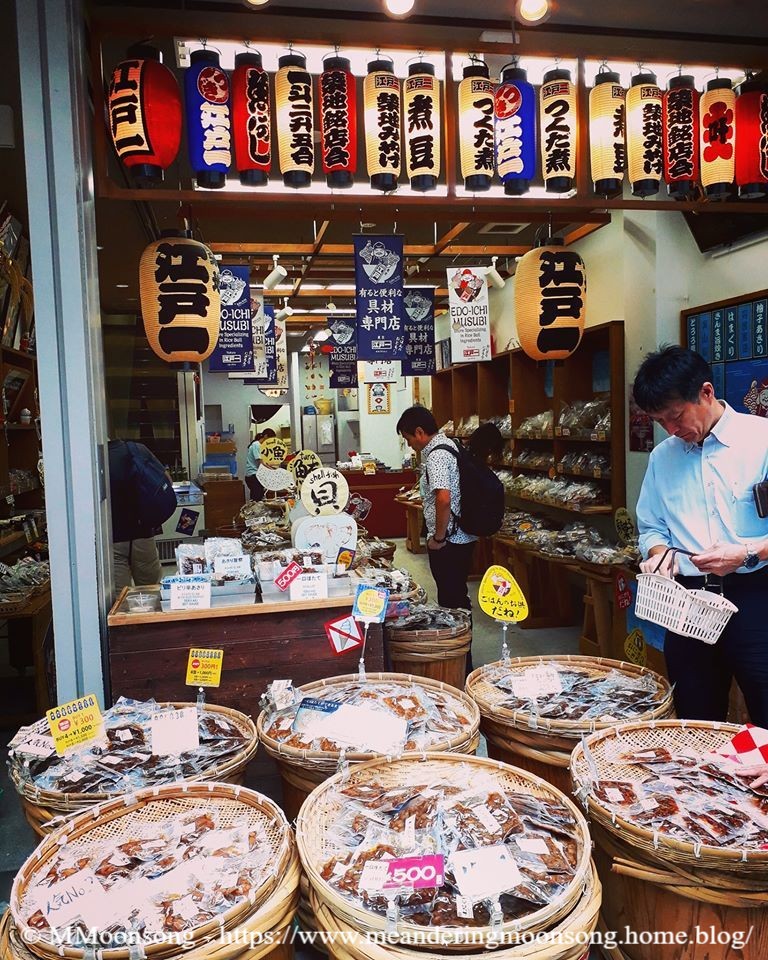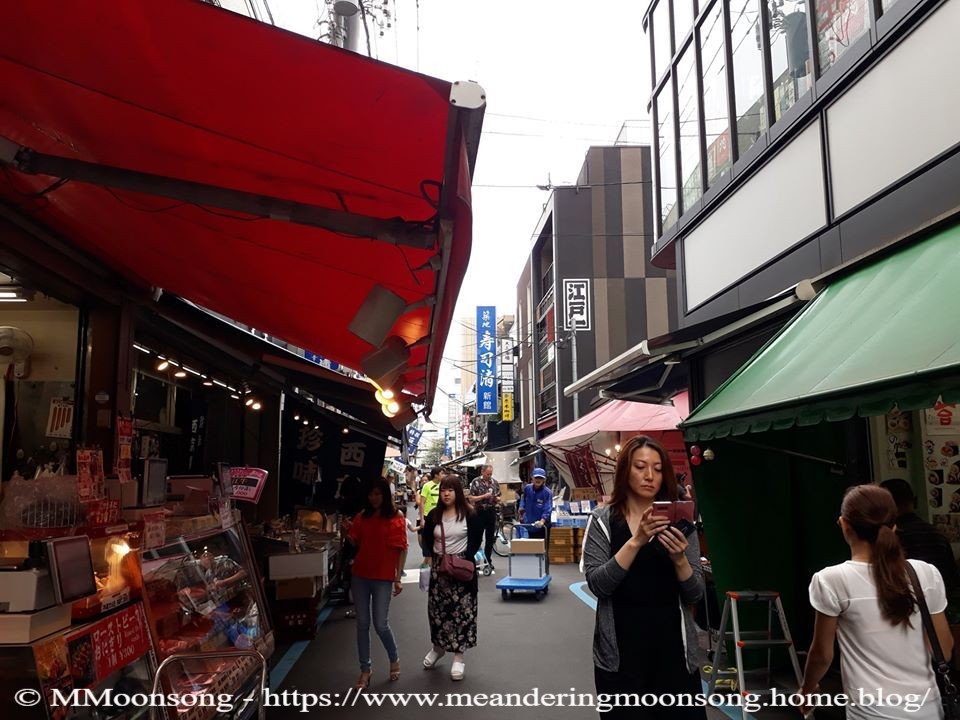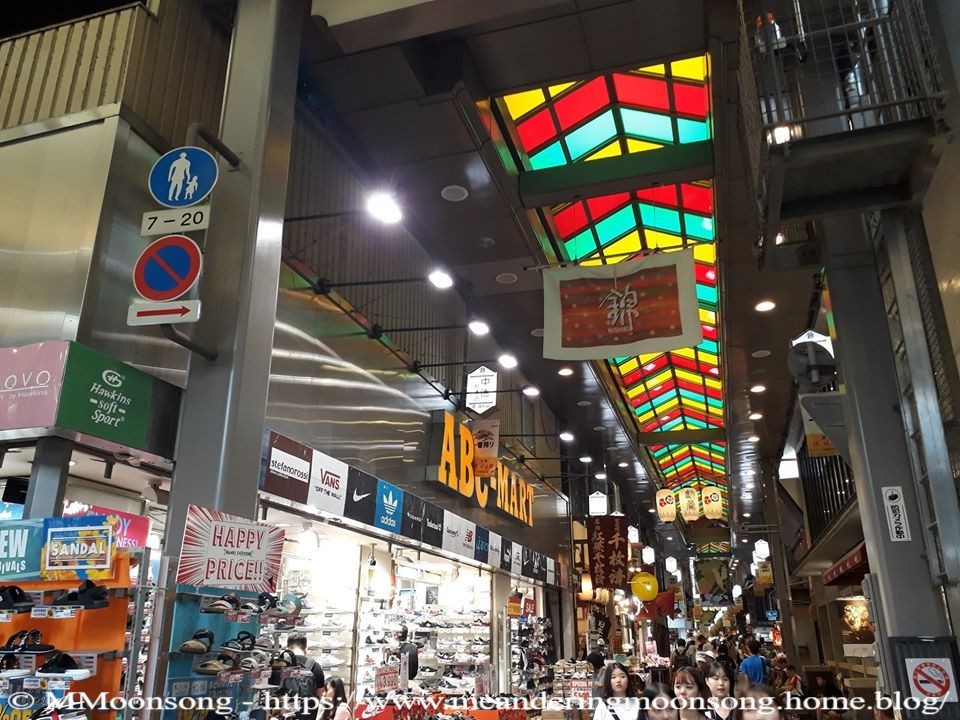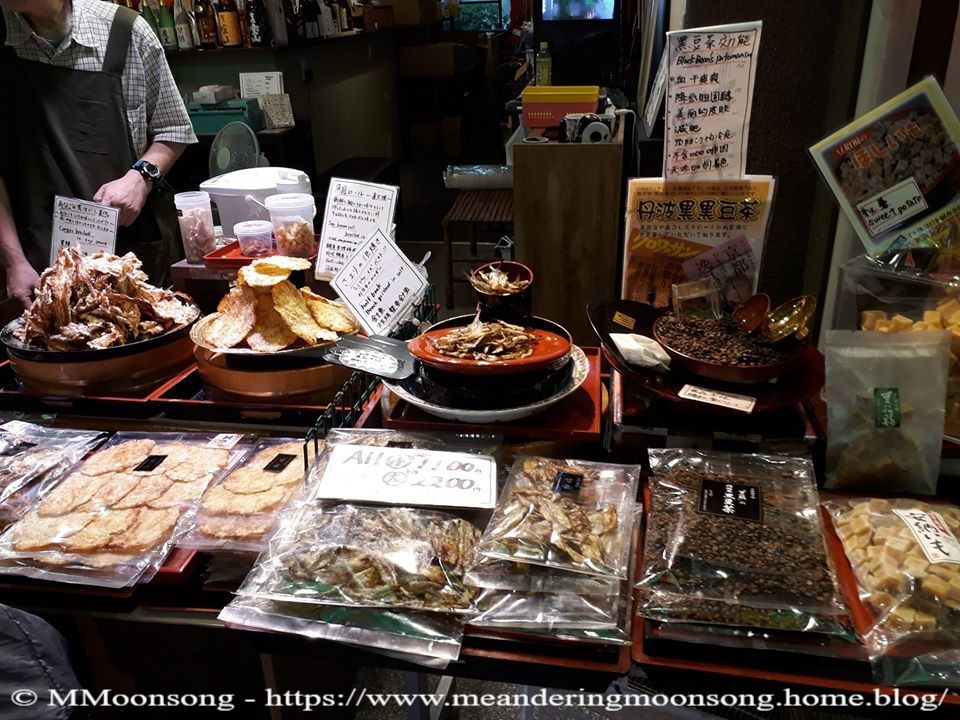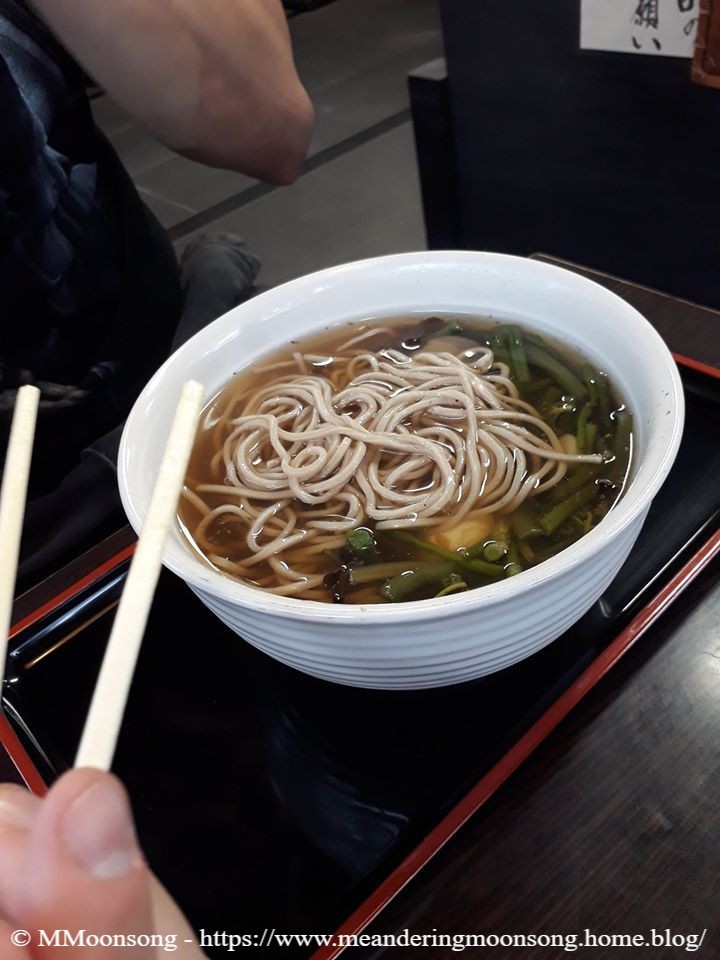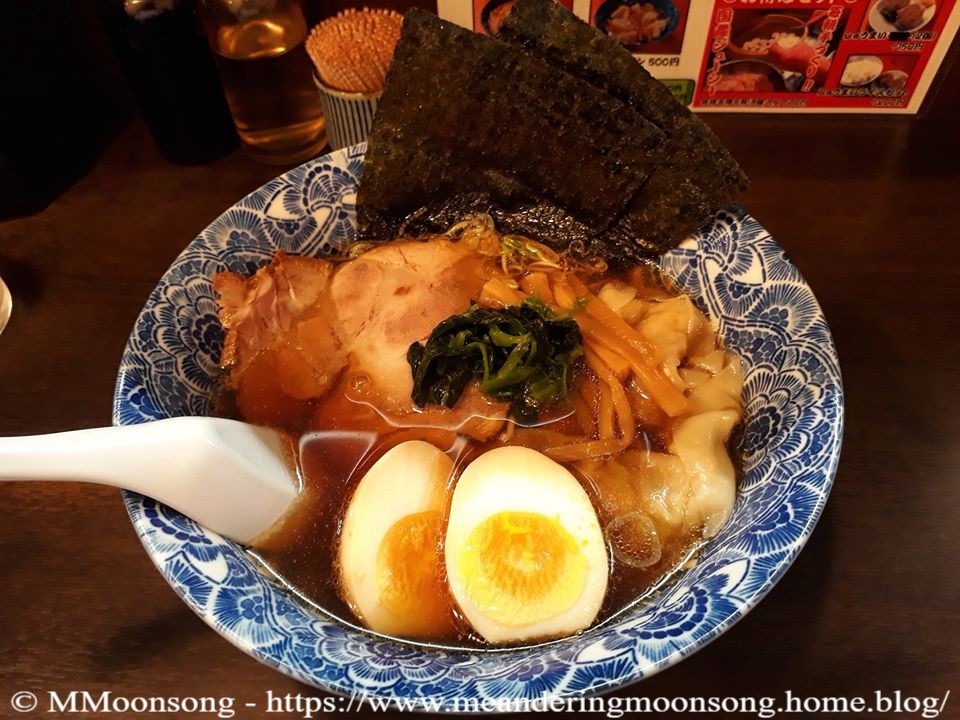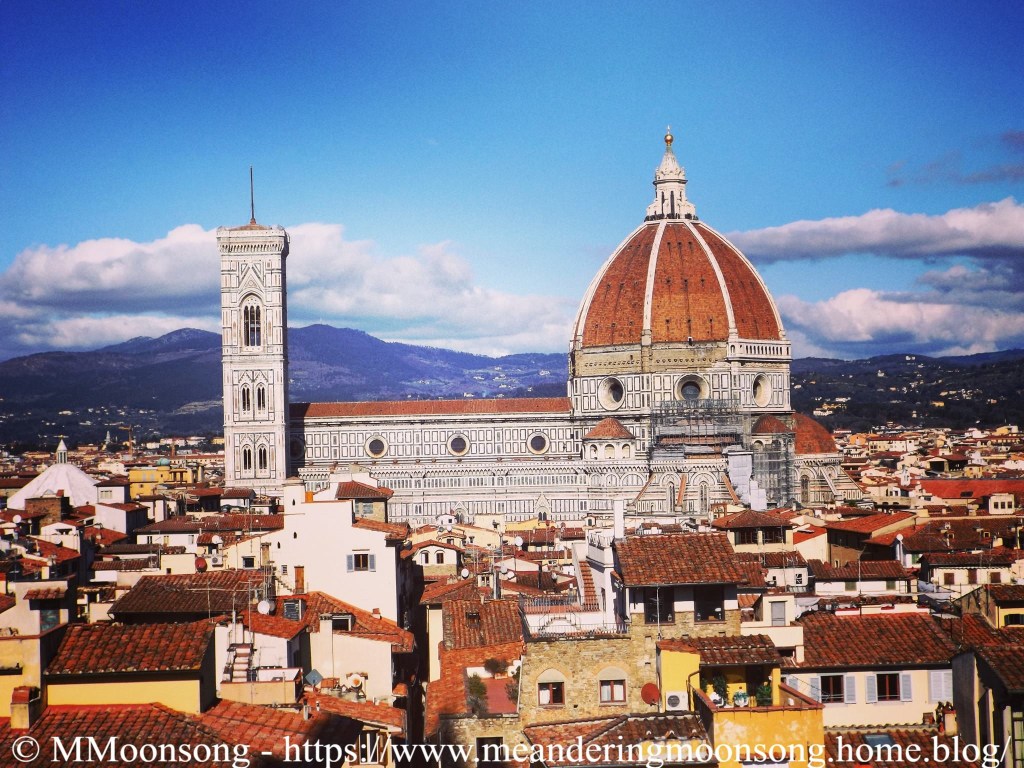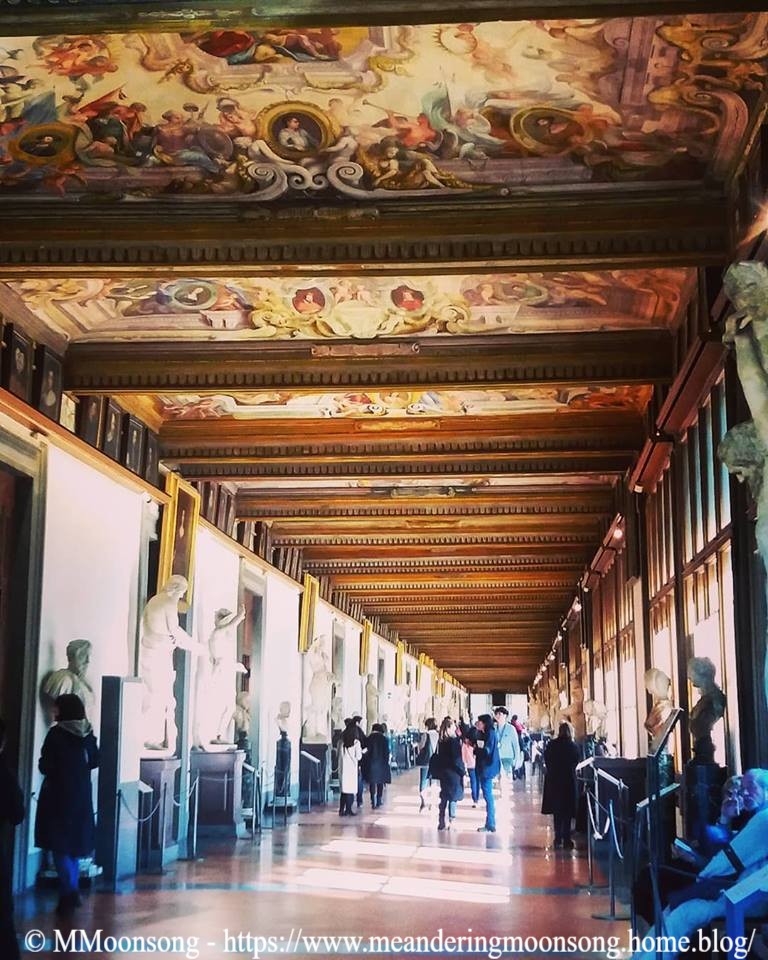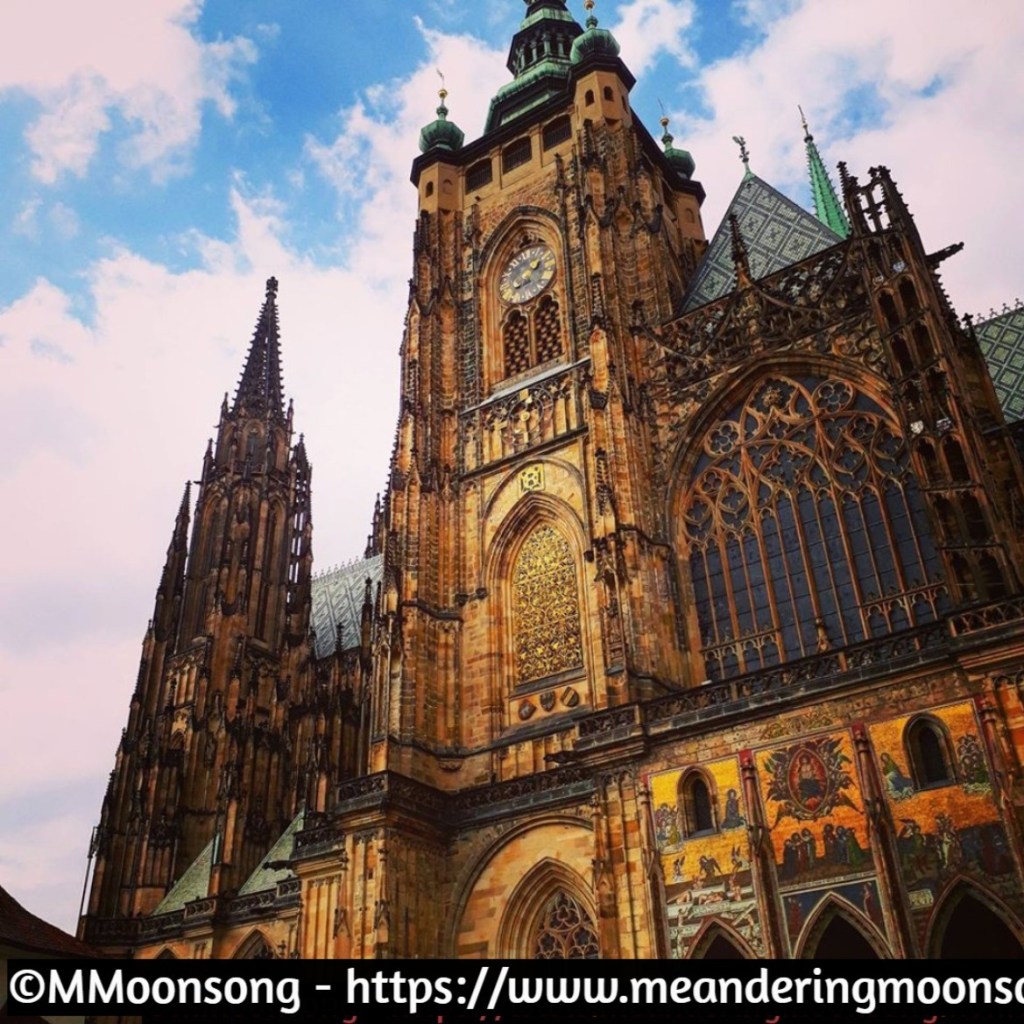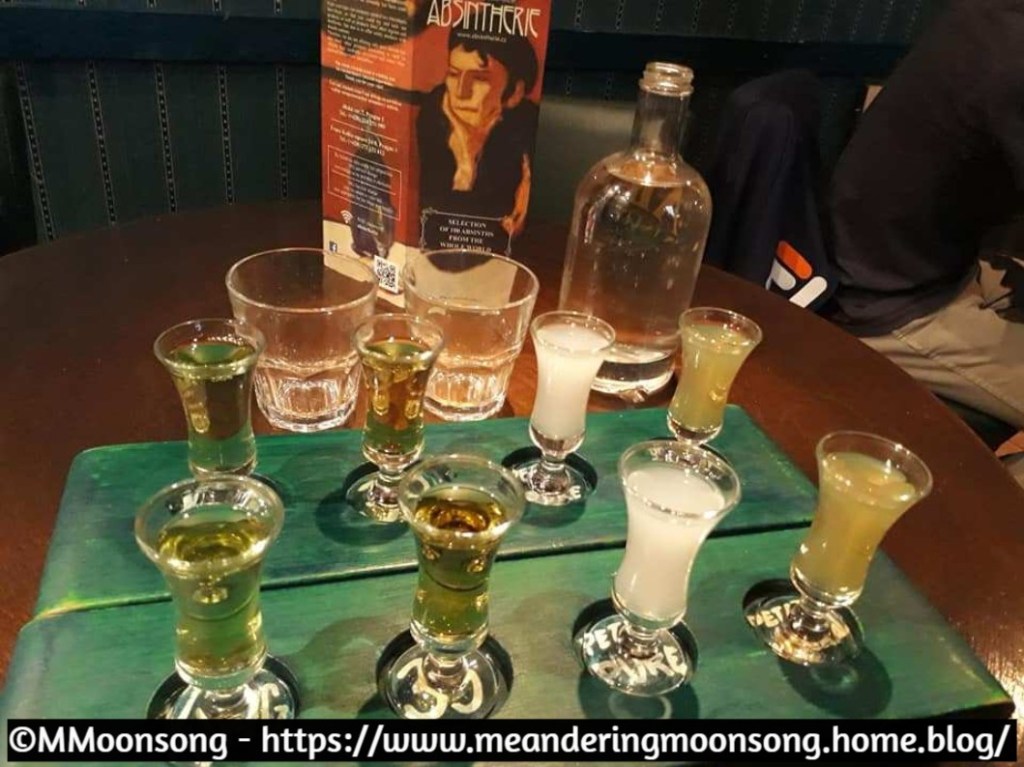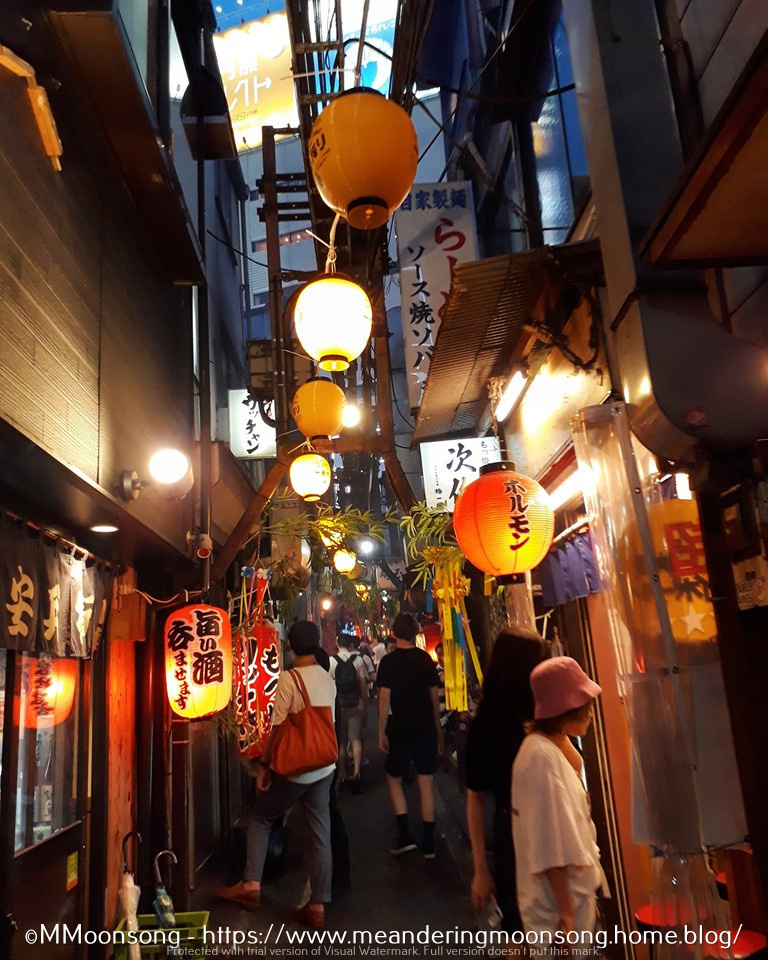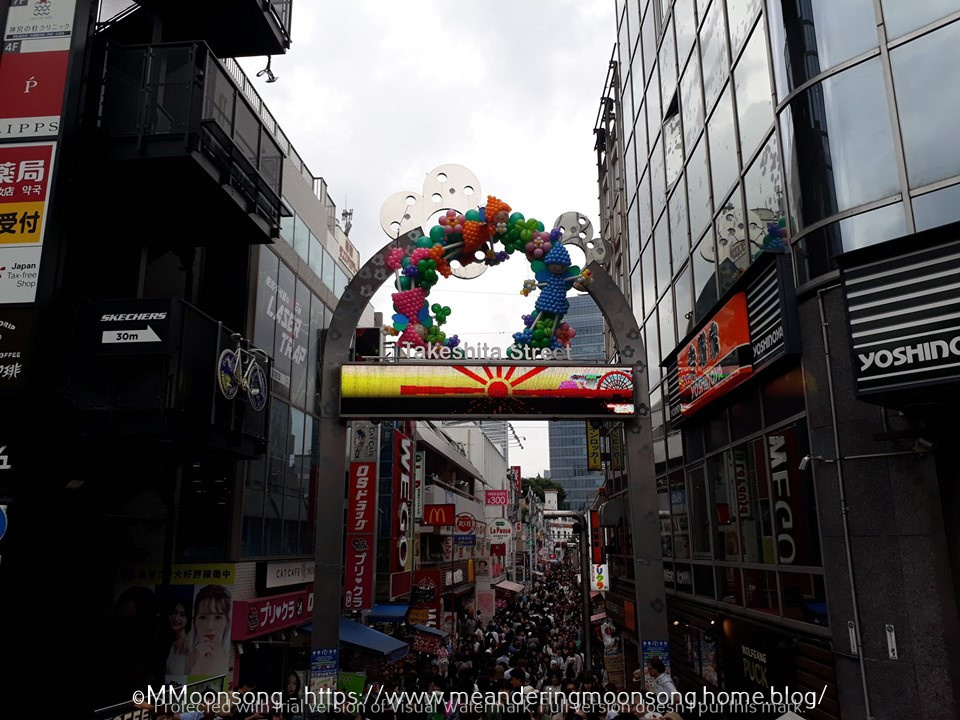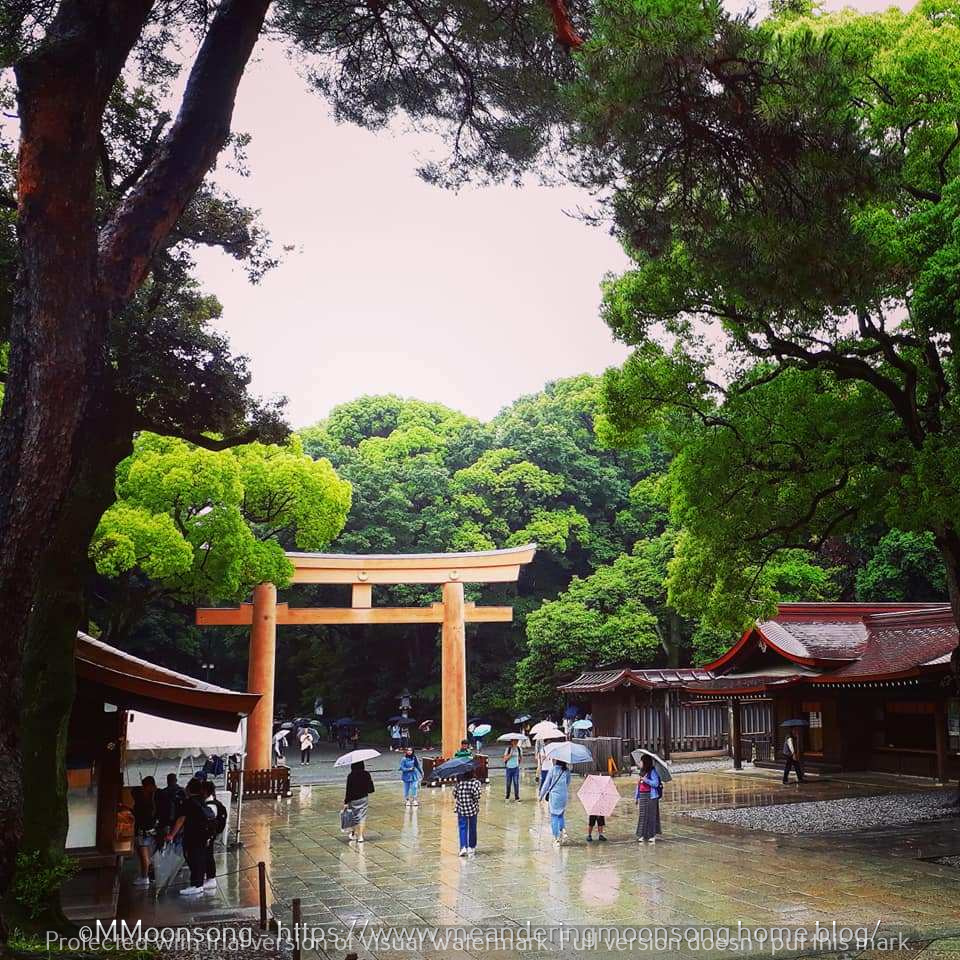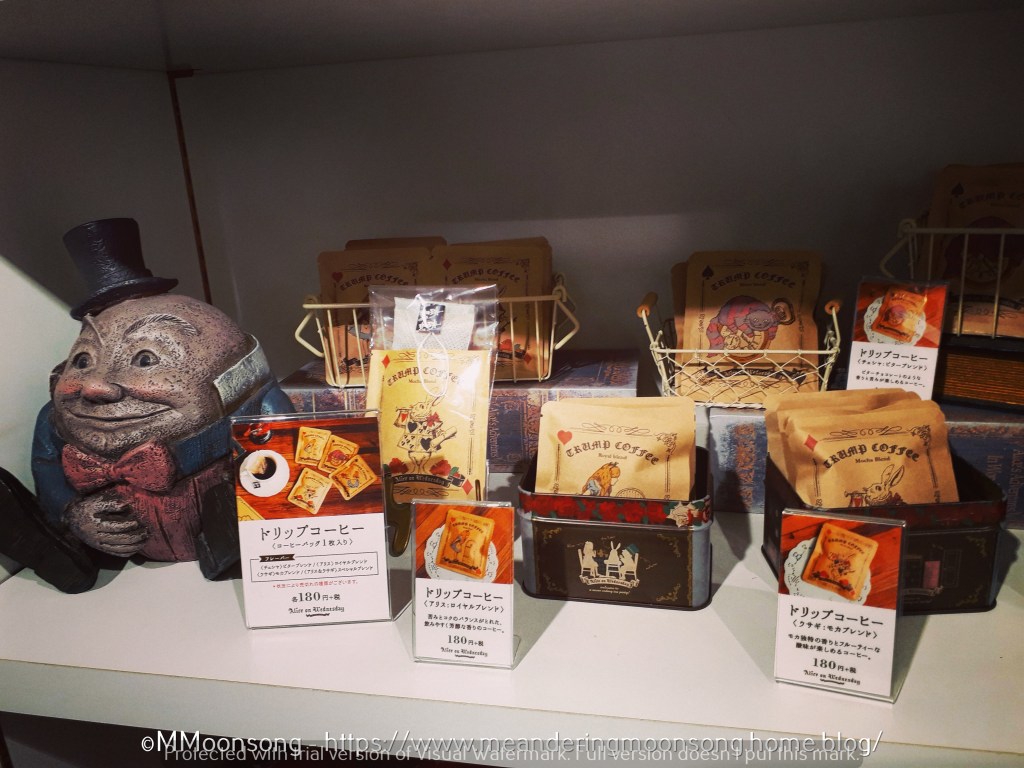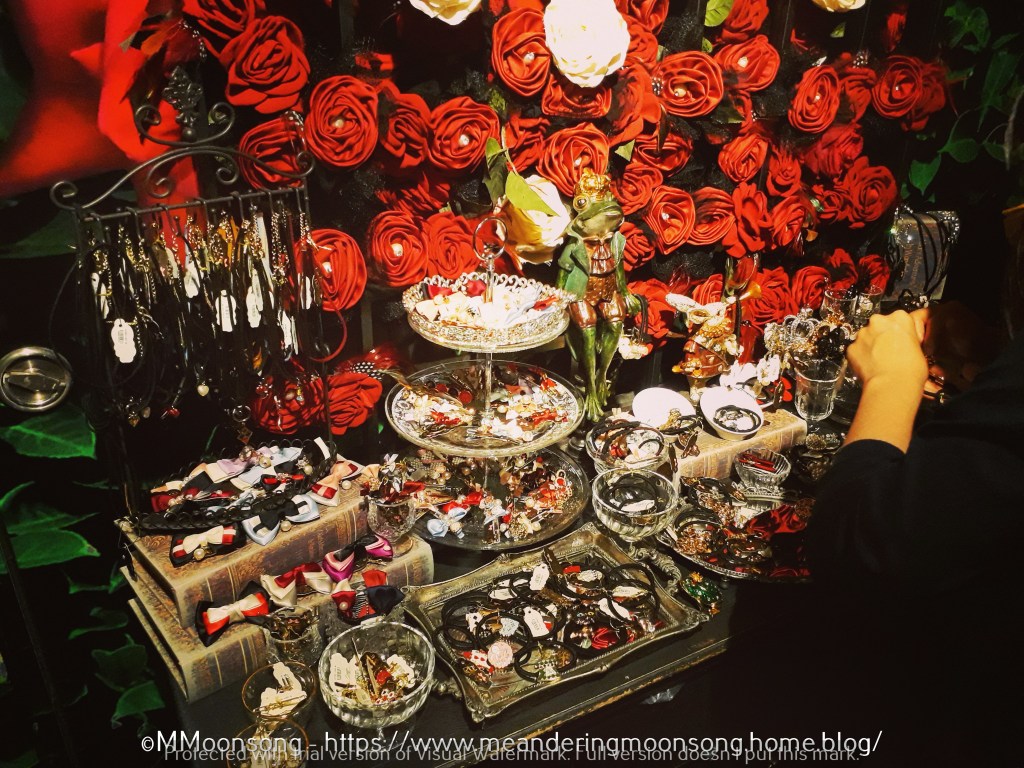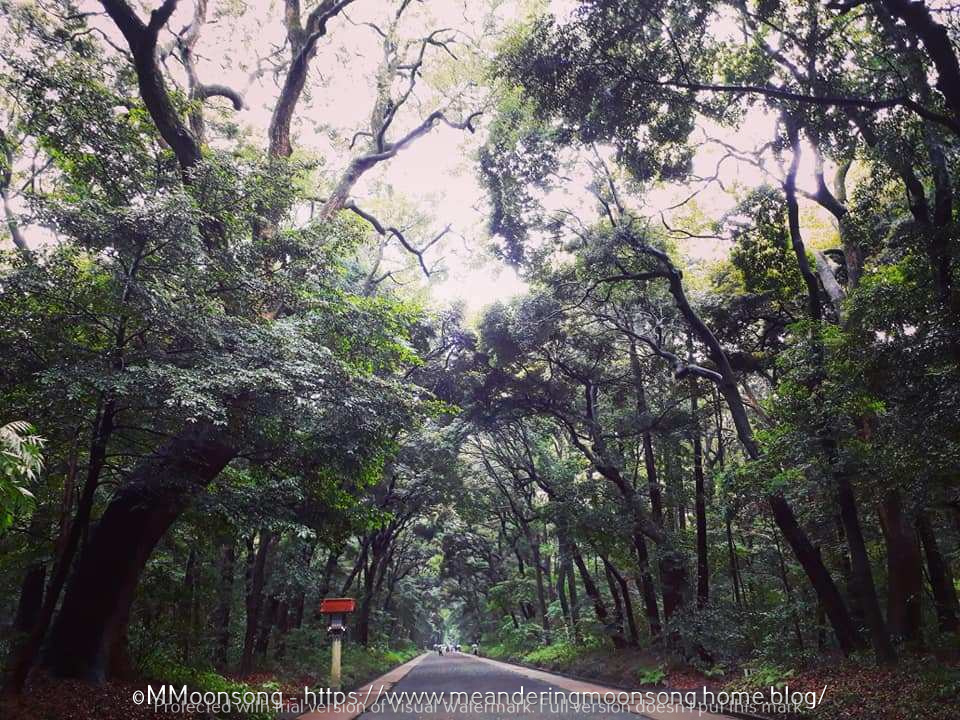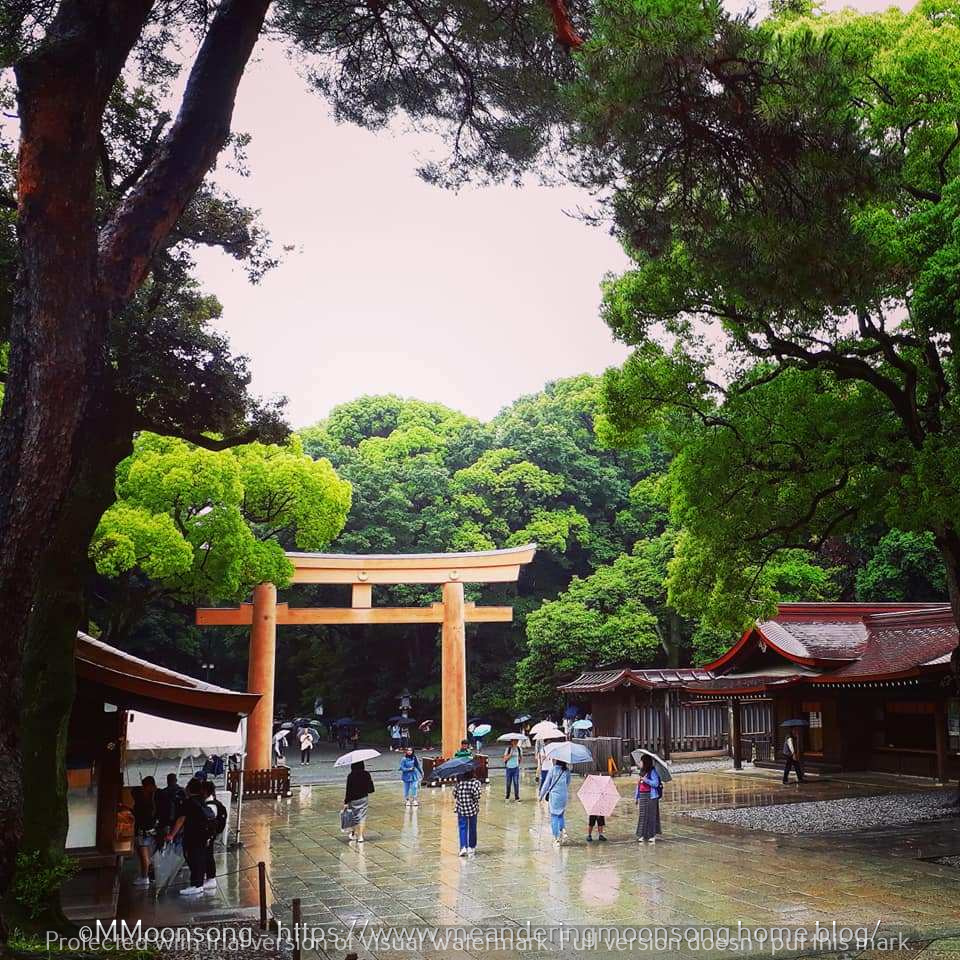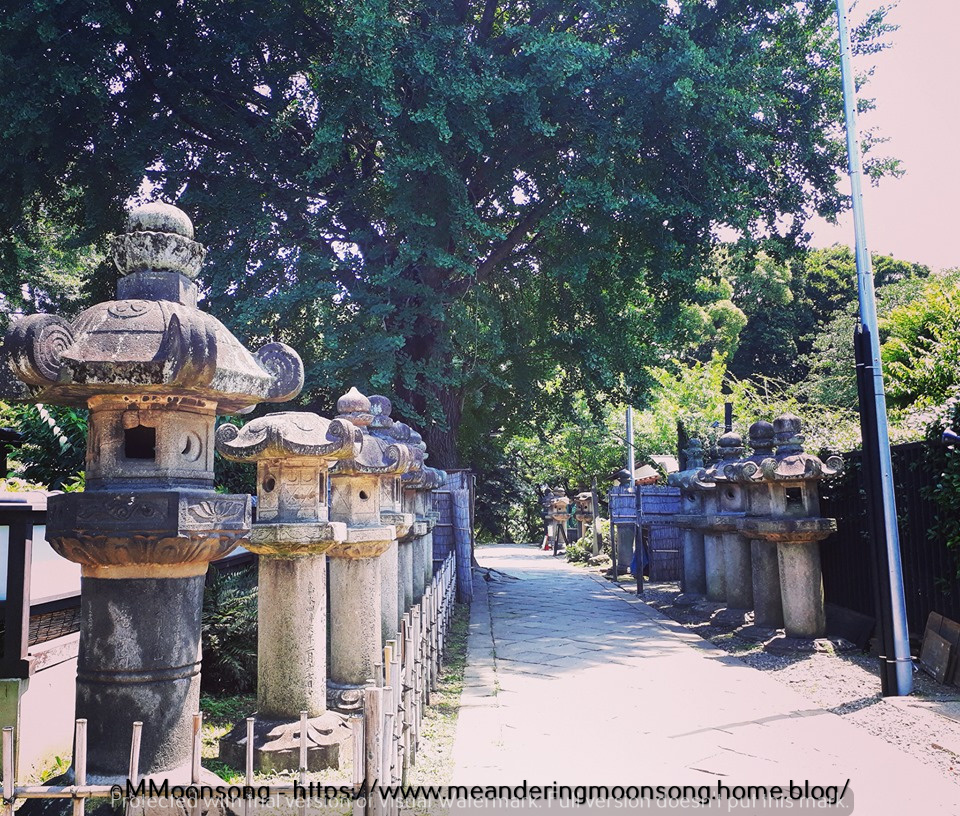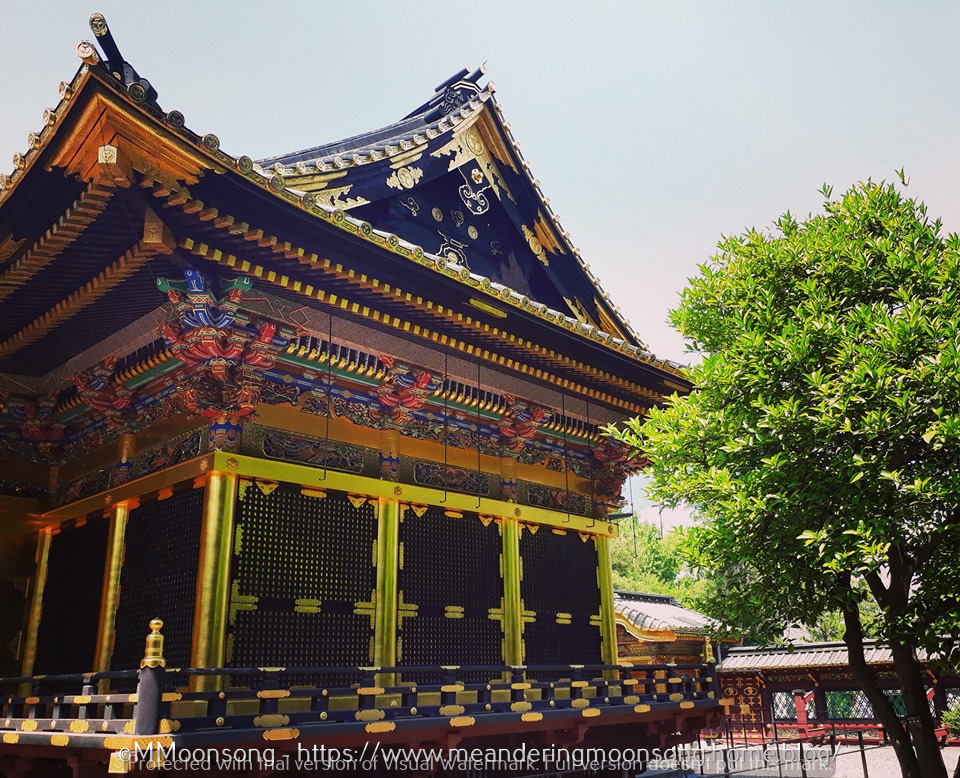The Covid-19 Pandemic has hit Europe hard. Currently on a self-induced lockdown, I look back fondly at the last destination I traveled to more than a month ago, that is, Spain. We were there at the beginning of February and came back to Malta maybe a week before the virus started to be on everyone’s lips. Feeling my heart break after having to cancel a trip to Switzerland this week, this is the perfect time to reminisce and write about my last adventure.
Spain is a beautiful country, rich in history and architectural wonders. Madrid, its capital, holds not a few of these. One of the first major spots we visited while in Madrid was the Royal Palace. This was built by the Kings of Castille between 1738 and 1755 on the blackened ruins of a 9th century Moorish fortress.
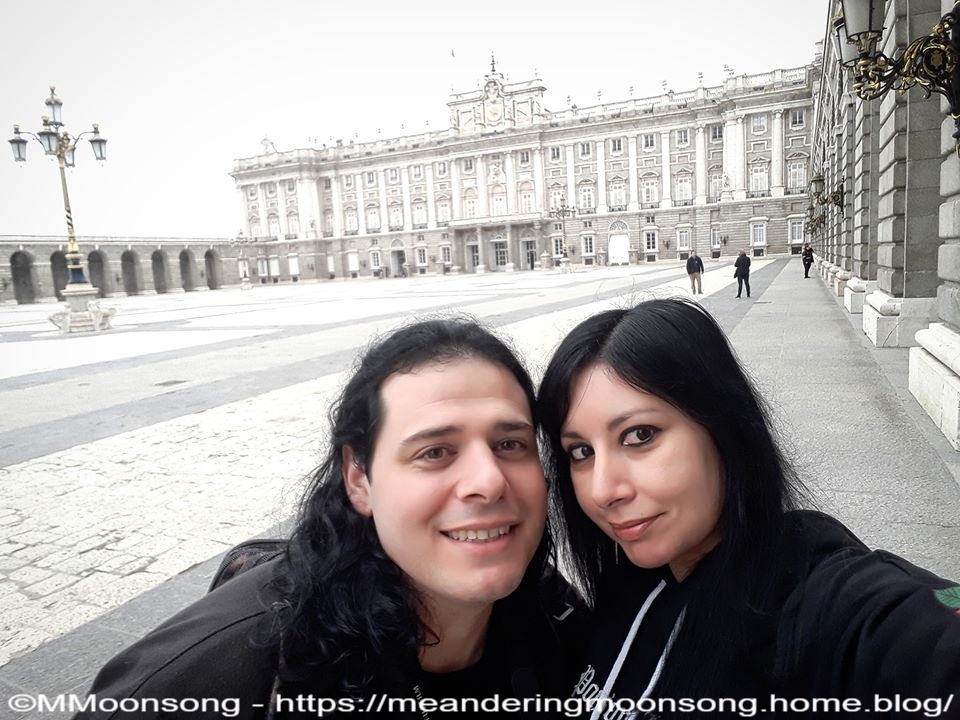
First of all I’d better mention that there are two options of entry to the Royal Palace. In fact there are two doors, one next to each other, where people were queuing as we arrived around 9.45am. We had purchased our entry tickets online beforehand in order to find two available places within the English tour group and I am so glad that we did. We were told by an usher to wait in front of the door on the left, where the queue was very short indeed and which is reserved for people who have already purchased their tickets. The second, and hugely longer queue was in front of the right-hand door, which is where the visitors with no ticket wait to purchase it on site. It is good to note that the Palace opens to visitors at 10am and the queue in front of the right hand door was already around 5 times longer than the queue pertaining to those who already had tickets. Also remember that this was in February, the low season, and that the doors had not opened to visitors yet! Imagine visiting during peak time and going at an even later time of the day. So, to conclude, my advice is definitely to purchase the tickets online beforehand if you don’t want to waste your time in queues.

Moving on – there were a number of different combination tickets for different parts of the Palace. The Royal Palace of Madrid is unique in many ways, one of which concerns its huge underground Royal Kitchen. This was not open to the public until 2013 and the ticket to visit it is usually an extra and costs a few more euros than the ‘regular’ one. Buy it. Go and visit this magnificent Royal Kitchen. Believe me, you won’t be sorry. Especially if you’re a fan of the iconic TV series ‘Downton Abbey’ or are interested in history! I surely fit both these parameters.
Note – There are lockers where one can leave his/her bags before starting the tour of the Palace. Unfortunately we didn’t know about them and I am sorry to say that there were no signs leading to them farther afield than the locker room itself, so we had to lug our bags around. Make sure you leave your things there if you don’t want to make our same mistake.

We started our tour of the Royal Kitchen before visiting the Castle proper. The Kitchen itself is huge, and as I previously mentioned, mostly underground. The large cavernous rooms lead from one to the other in a neverending parade of butter-churns, bronze pots and utensils of every shape and size, fireplaces, pre-war heaters, Royal China, etc. Our tour guide explained how each room had its own name and function, such as for example the ‘Pastry Room’, or the ‘Saucery’, and that each and every servant had his own role and hierarchy within the Kitchens. Again, this reminded me of Downton Abbey so much! Of course, the British aristocracy and the Spanish Royal house were two different kettle of fish, but the hierarchical structure both upstairs and downstairs did not sound much different!

The Royal Kitchen serviced hundreds if not thousands of people at one time, especially during Royal banquets and festivities, where both those guests attending the Royal family, as well as their servants, had to be fed at the same time, and this was very apparent while gazing at the huge structure where such a large amount of food was prepared. The two giant coal-fired stoves which connected to ‘hot cupboards’ and which kept the meat and food warm until it was served for example, really made an impression on me. Not to mention all those enormous paella pans! And what can I say about the wine cellar?!
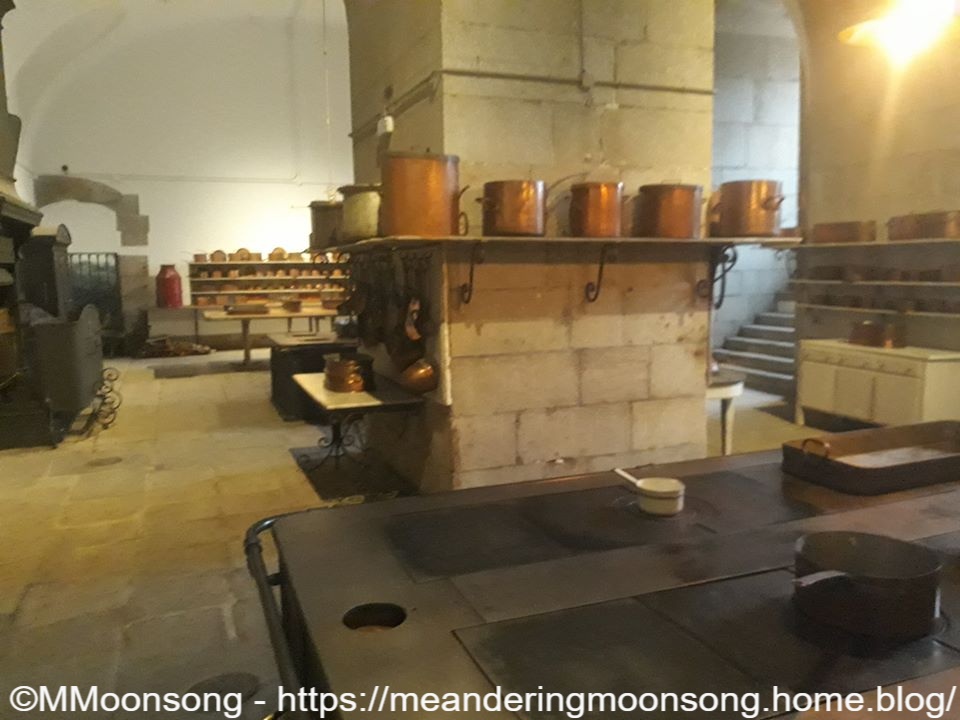
After our 1-hour tour of the Kitchen, we visited the temporary exhibition. There’s always one within the Palace, where art and history vie with each other for pride of place. The one we visited was displayed in a number of rooms and constituted of a number of golden reliquaries, beautiful religious paintings, and also sculptures which had been collected from two different Monasteries. Both Monasteries had been financed and endowed with such treasures by different women pertaining to the Royal Family.
Moving on, we finally started to explore the Palace proper. Of course I doubt we saw even a quarter of the actual building, since the Palace contains an astounding 3,418 rooms (no wonder it is known as ‘the largest household in Europe’), but we did see some of the most famous and beautiful ones. We started out by entering the sumptuous foyer. The main staircase, made up of 70 steps, is quiet impressive and its marble decor is a feast for the eyes.

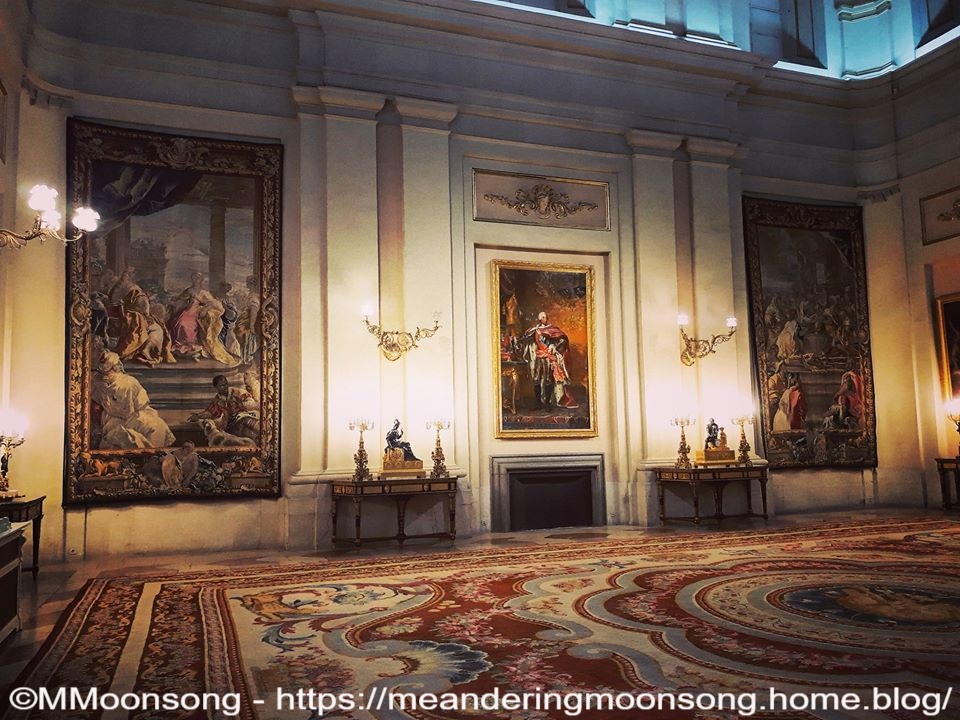
The Rococco and neo-classical interiors vied for our attention with great works of art especially while traipsing along the Gallery where works by grand masters, such as Goya, Caravaggio, El Greco and Velasquez, are exhibited. The Throne Room is also magnificent with its predominance of red and gold, its large mirrors and richly decorated furnishings, not to mention the immense fresco painted by Tiepolo on the ceiling. In the Royal Chapel, you will find the largest collection of Stradivarius violins in the world. And what about the Royal Dining Room filled with chandeliers we were told contained 1,000 candles each! So much luxury and riches exposed in what are known as ‘The Porcelain Room‘ and ‘The Oriental Room‘. Another tip – in each room, always remember to look up! Frescoes adorn almost every beautiful ceiling in these richly decorated rooms.

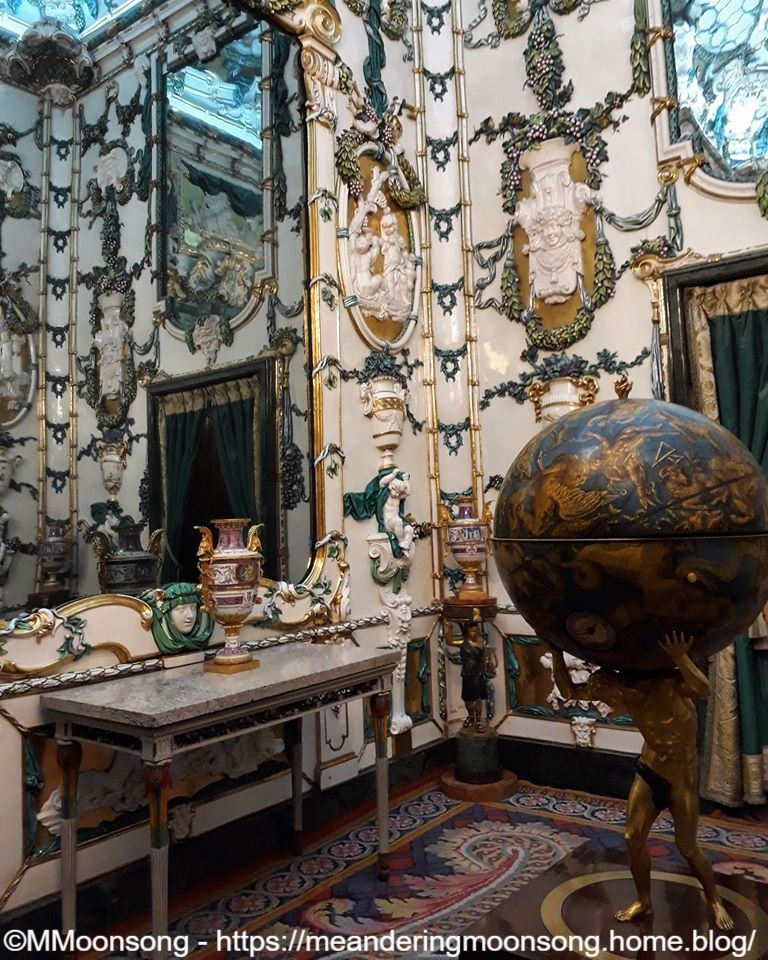
Truly the Royal Palace was a feast for the eyes. Make sure you have at least half a day (4-6 hours) free to dedicate to this European treasure when you visit.






